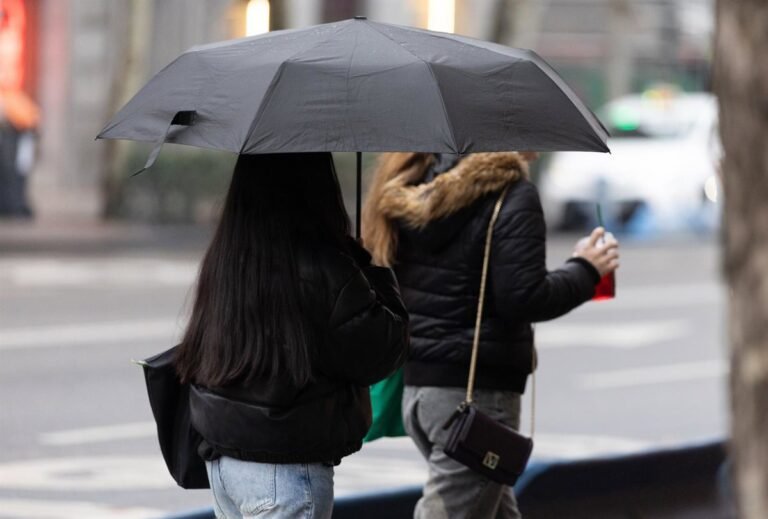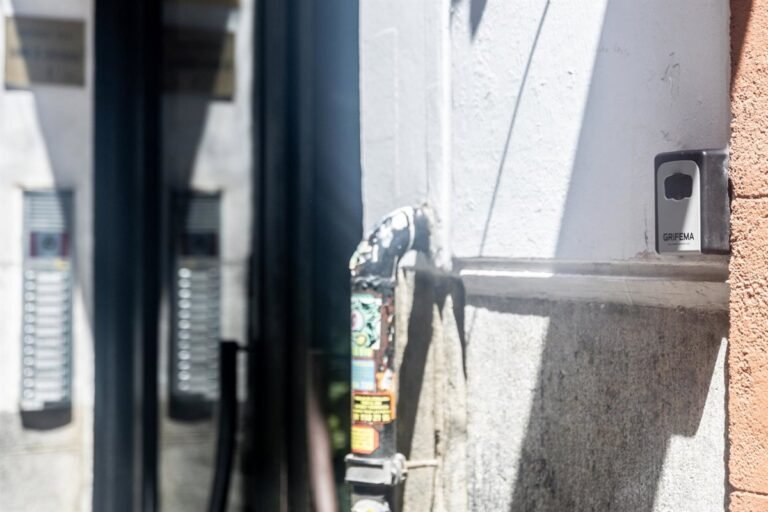
Engineer geologist Alberto Martínez has stated, in his testimony as an expert witness before the judge investigating the cause of the dana that resulted in the death of 228 people, that the alert that arrived on mobile phones at 8:11 pm was «late and with confusing content». According to his opinion, «there was time to evacuate people in flood-prone areas because they only had to be moved to upper floors, not evacuate the town.
The specialist, a master’s degree in natural risk planning and management from the University of Alicante and working at an institute in Aldaia, recounted his experience on October 29 and noted that it was already «pouring rain heavily» early in the day, causing concern. He listed the red alerts activated by Aemet — around 7:30 a.m. it was already active for the southern coast of the province — and mentioned that by 2:00 p.m. he left the workplace and was surprised that classes had not been canceled in several municipalities despite the dangerous situation. «You don’t need to go to Harvard to know that dangerous rain comes from the mountains,» observed the expert, who also recalled how throughout the day he followed the live information through the Valencian public television, where rescues were seen.
At one point in his testimony, as Europa Press has learned, he pointed out that, knowing the rainfall at noon in towns like Buñol or Chiva, a geologist «would not have much difficulty in knowing that all that water would cause the Barranco del Poyo to overflow». He noted that once you see that the ravine in Chiva is overflowing, that water «will surely flow down to low-lying areas and you know where.»
«THE POPULATION SHOULD HAVE BEEN WARNED»
In his view, classes should have been canceled «at a minimum» that day, and when the red alerts were activated, workers should have been sent home, something that some entities did, as he recalled, such as the Diputació de València or the Universitat de València. He added that when the red alert was activated, «the population should have been warned.»
According to this expert, these warnings could have been delivered «in many ways,» including calls to municipalities or announcements, as was done in the 1957 flood. In this regard, he said he did not know if the mayors upstream called those downstream, as was also done in ’57, which is why there were few victims. This obligation, he added, is also included in the Municipal Action Plan against floods and in the regional Flood Plan.
The geologist pointed out that it is his responsibility to declare emergency levels to the councillor in charge of Emergencies, as stated in the regional flood plan. And regarding the ES-Alert system, he mentioned that, as he was told, there is a message library developed by the University of Alicante following the floods in the Vega Baja del Segura in 2019.
Finally, as a specialist in disaster management, he stated that the human tragedy «could have been avoided,» not only through warnings, but also through educating the population, that is, teaching people living in flood-prone areas not to go down to the garage.






